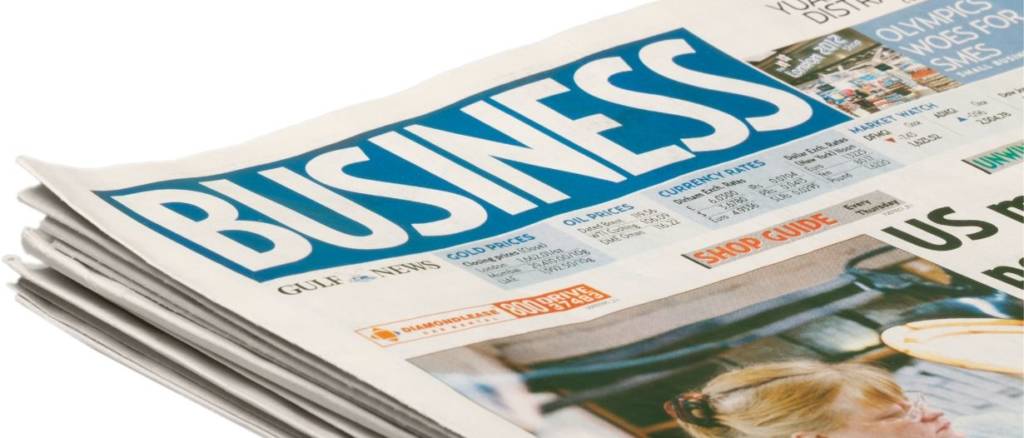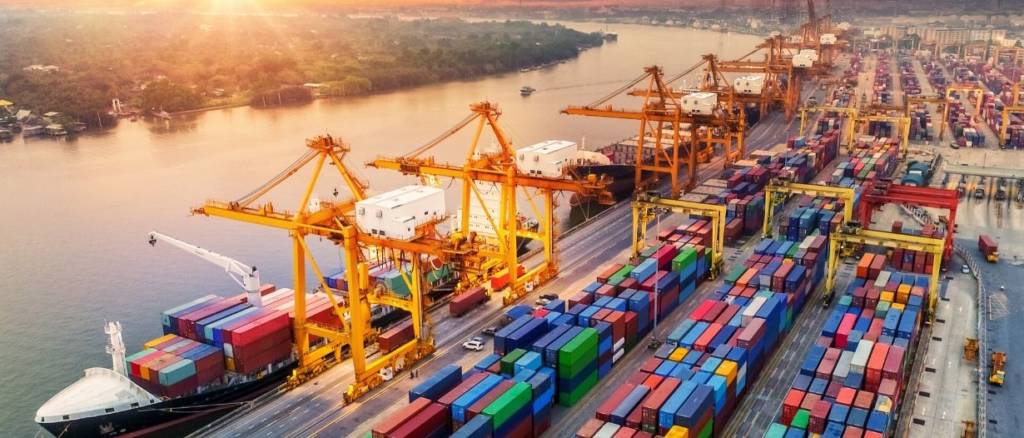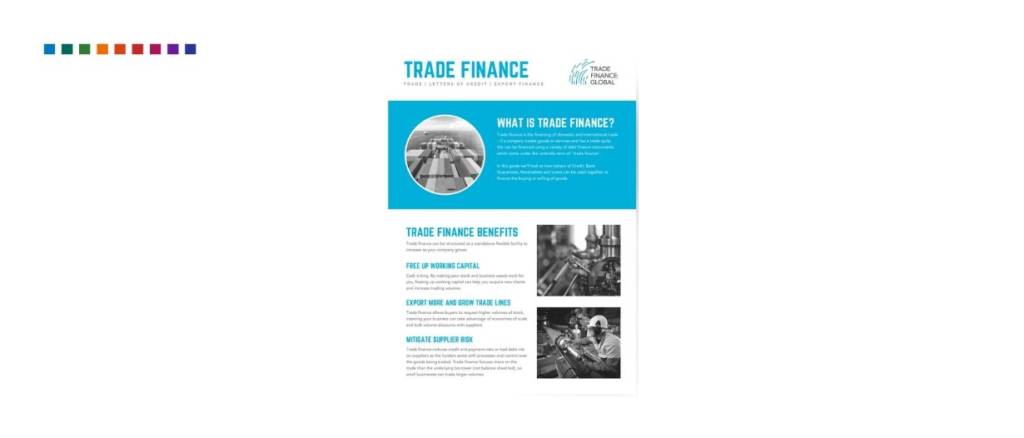For some business owners, trade finance is just another loan. However, it has different financing options tailored to various types of businesses and their operating styles, such as SMEs, middle-market companies, and corporate giants. All have their different operational models. Therefore, they may need trade financing in a way that suits their requirements.

Research and preparation are critical elements for any business. Therefore, it is crucial for you as a business to understand the types of financing that you can avail, and which option will be beneficial for you in the long run.
Whether you are an SME or corporate entity, if your business trades internationally, buying and selling products from the global market place, a form of trade financing is the best option for you. It mainly works well for businesses with a successful trading record, a good credit score, and consistent cash flow.
Trade finance for Businesses: An Overview
What is Trade finance?
Trade finance is the representation of financial products and instruments used by companies to facilitate their international commerce and trade. It is a loan that enables exporters and importers to transact their business through trade easily. It may also facilitate the payment to exporters on behalf of the importers before the delivery of the goods.
The lending institution will loan the money to the importing business so they can pay the exporters, usually once they ship the goods for delivery. Think of trade finance as an umbrella covering many products for businesses of all sizes to ensure feasible trade transactions.
According to a report by the World Trade Organization (WTO), almost 80 to 90 percent of global trade depends on trade finance loans in some shape or form.

How Does Trade Finance Work for Business?
The core function of trade finance is to rectify supply and payment risks by introducing a third-party to transactions. Trade finance provides payment or receivables to the exporter according to an agreement, while an importer may fulfill the trade order through an extended credit facility.
Trade finance involves numerous businesses and parties, such as
- Importers and exporters
- Insurers
- Banks
- Export service providers
- Export credit agencies
- Trade finance companies
Trade finance differs from conventional credit issuance and financing. General financing options manage liquidity or solvency; whereas, trade finance does not necessarily indicate a buyer’s lack of liquidity or funds.
Trade finance may protect your business against unique inherent financial risks associated with international trade, such as political instability, issues, and conflicts of non-payment, currency fluctuation, and creditworthiness of the parties involved.
Financial Instruments for Trade finance
Here is how trade finance may operate depending on the size and type of business you run.
- A bank or lending institution may issue lines of credit to help both parties, i.e., importers and exporters.
- A letter of credit helps reduce the risks associated with international trade. It is a guarantee from a buyer’s bank that the seller will receive payment for the shipped goods. This letter also protects the buyer’s interest because the payment will not go through unless the seller meets the terms mentioned in the LC. Both buying and selling parties will have to honour the terms and conditions of the agreement for a smooth transactional process.
- Trade finance may also include factoring options; it is when a business gets a loan depending on the percentage of its accounts’ receivables.
- Exporters can avail offers of working capital or export credit.
- Insurance may apply for shipment and delivery of the goods. It can also protect the seller against non-payment from the buyer.

Types of Trade finance
Here are five types of trade finance that can help your business as per your requirements.
Cash Advances
It is a payment of unsecured funds to the exporting company prior to shipment. Trust in the exporter plays a vital role for a lending institution to issue cash advances. This type of trade financing can favour the exporter to produce or manufacture goods for an order.
Trade Credit
Usually, sellers expect payments against an order, or after 30 to 60 days of shipping the goods. However, trade credit is the cheapest and easiest payment arrangement based on mutual trust between a buyer and a seller. If both parties are new to each other or the buyer’s creditworthiness is unknown, in such instances, the buyer’s bank will issue a bill of exchange, Letter of Credit or other form of guarantee of payment to the seller.
Receivables Discounting
Receivables mainly cover financial and commercial documents. This is mostly provided by banks and alternative lenders, but finance marketplaces also allow the selling of such documents on a discounted price in return for immediate cash. Post-dated checks, invoices, and bills of exchange are some of the documents that a business can sell on reduced rates, usually 10 to 30 percent less than their actual value, with the remainder (minus fees) received when full collection is made from the debtor.
Straight receivables purchase is also used, where there is a purchase of the receivables or invoices (minus a discount) and the purchaser takes the receivables completely off the seller’s balance sheet.
Higher discount advances are always favoured by SMEs or mid-market businesses. Also, it usually correlates that the smaller the company, the higher the interest rate that will be paid. Find out more here.
Term Loans
Companies sometimes also favour long term debts that are seen more as a constant source of funding, such as a commercial mortgage, loans, and overdraft facilities. Although obtaining term loans usually has a higher burden of security or guarantees from the borrowing party.
Asset and Leasing Finance
Another type of finance that does not fit under the trade finance banner, but is frequently used by SMEs, mid-market and large corporate companies is leasing. This is the borrowing of money against an asset, such as property, equipment, and machinery, etc. Several financial mechanisms allow SMEs to have access to assets repayable via small (usually) tax-deductible contractual payments.
SMEs and middle-market businesses can buy assets and equipment over a period through asset finance. Businesses do not have to worry too much about maintenance, plus this financing option is favourable for tax treatment in several markets. Finance leases, operating leases, and hire purchase are some examples of leasing/asset financing. Find out more here.

Benefits of Trade Financing
Some of the benefits of trade financing are:
- Trade finance helps businesses run their operations and general trading, even when capital costs run high.
- Trade finance loans may help increase your profit margins of domestic trade, import, and export. It is because your profitability will usually go up with larger volumes.
- Trade financing mitigates risks for both buying and selling parties.
- It is an excellent way to improve your cash flow and operational efficiency.
Read more about the benefits of trade finance here.
An Informed Decision
Now that you know what trade finance is and how it can help businesses of all types and sizes, you can make an educated decision. However, it is important to understand whether a trade finance related facility will suit the financial and operational requirements of your business.






























